By Fredy Rodriguez Mera
In a club ambience, two big pieces of plywood are set on the floor forming a rectangular shape, quickly stuck together with duct tape and ready for a pounding. As in many sports routines, an initial warm-up starts the competitive juices flowing as one-by-one the dancers spontaneously hit the dance floor. Money, reputation, and respect hangs on the line as the audience screams for their favorite and amplifies the pressure. One dancer machine guns short leg kicks while spinning around his planted arm, resembling a car doing a doughnut; another uses his own head as an axis, spinning with legs wide open and using his arms as thrusts. Unlike most dances, this one can make you dizzy standing still.
The art of breakdancing was born from the hip-hop beats in the 70s in the New York City borough of the Bronx. It has become a cultural phenomenon that has spread all over the world and inspired many. That long reach includes one of tonight’s performers at Snug Harbor in downtown Charlotte, Frenchman Boukary Niakate, someone whose passion has taken him further than he ever expected. “Breakdancing has shown me that you only need to share one passion to connect,” says Boukary. “When I arrived in New York, I barely knew English, but that didn’t matter because dancing became the first language and thanks to that I have been able to communicate with people that have led me to travel the world.”
The Mali-born Boukary is a 26-year-old who left his home country and was raised in the suburbs of Pontault Combault, outside Paris. Thanks in great part to breakdancing, the third youngest of 16 siblings has spent most of his life doing the things he loves; dancing, filming and traveling the world. Breakdancing, his ultimate passion, has allowed him not only to compete and show his talent but opened doors of opportunities around the globe.
Eleven years ago, one afternoon while walking home from school, Boukary stopped outside a training room and was enlightened by what he saw and how cool it was. “I stopped and watched for a long time,” he says. Boukary observed break-dancers through the street window, but it wasn’t until months later that the opportunity to take action was presented to him. Thanks to a friend of one of his brothers who began breakdancing, Boukary got the chance to visit the same training room he used to observe and got a taste that never went away.
As soon as he stepped inside that room and discovered a passionate and driven community, a member immediately introduced himself and spontaneously began teaching Boukary small moves that would take him on a big voyage. “At this time, I said I want to do this all my life,” he said, smiling and sure of his decision.
Boukary soon joined the French dance crew whom he met, called Outlaw. Before discovering his dancing talents, he looked to have a promising future in the local soccer team, which he ditched to pursue his artistic talents. In the following years, using breakdancing as his passport, Boukary got to travel all around Europe performing in local, national, and international competitions, plus also often exhibiting theater performances. By the age of 17 he had traveled over most of France and by the age of 20 through most of Europe.
But he wasn’t just dancing. Boukary attended university and earned degrees in history, dance, and music. He also joined a rock band called W.E.T, which had its moment of fame on national French TV. He also created his own dance company by the time he was 23 years old. “It was hard for me to deal with all this, it took a lot of commitment.” he says.
His company Groove Workers was the fruit of his Outlaw and W.E.T band experience. The philosophy of the company was to incorporate classic, break and contemporary dance together with jazz music to tell a story on stage. The company has gotten a lot of praise and has charged up to 2,000 Euros to perform at special events. Knowing that he was able to create the company, he applied everything he had learned, and saw film as the art form that would catapult him overseas, so his film project was born.
Self-taught about filming and editing, Boukary embarked on his first film, From New York to New Orleans. The plan was simple: Boukary and his musician friend Valentin Lepagnez dreamt of a
road trip around the East coast of the U.S. to explore art culture and the birth of jazz. They pitched the project to various sponsors in France, and got half of the $6,000 budget. Over the course of their travels, they connected with other artists. “It was like we knew each other long time ago, but it was because we were musicians and no matter who we were, we had that instant friendly connection.” Boukary says.
Musicians, dancers, and skaters from all back grounds were filmed, unknown local artists like Boukary and Valentin. They wanted to show artists that did the same things they did, and highlight their stories and how they came to be, but also show how artistic localism varied around different parts of the East coast.
From New York to New Orleans was shown in over 20 theaters in France, and in one small town so many people attended that even local officials were impressed. “The mayor told me that he couldn’t believe how many people my film attracted and how there were people from all classes united by the film,” Boukary says.
One of the friendships Boukary made on the way to New Orleans was in Charlotte, where he first met Mark Robertson while dancing at Snug Harbor. “He is such a nice person with so much energy, I knew he was going to be good, but not amazing,” Mark says when asked about how good Boukary is. After more than a dozen times competing against each other, often for money and bragging rights, they know how to leave their friendship aside when hitting the dance floor. “He is a tough competitor that never quits, but after the music stops I just can’t help but smile with him, I admire his talent,” Mark says.
Boukary went on to create a film sequel, From Seattle to Los Angeles, which followed the same structure as From New York to New Orleans, meeting with local artist and interacting with them. “I was curious to see how artists differentiated from the East coast, Seattle is also a main city for rock music and Los Angeles has a strong connection with skate boarding and breakdancing,” he says.
But in between these projects, Boukary was offered an opportunity by a dancing academy in France to travel to Peru and Madagascar to volunteer and teach dance in local schools. He said that it was important for him to teach such uncommon dance in those countries because maybe one day some of them would have the opportunity to travel because of it, just as he did. “It was a great experience, and helped me to see the world even more. It’s amazing where dance can take you,” Boukary says.
In his journey, Boukary has had not only the support of his big family and all the friends made along the way, but from his fiancé whom he met in kindergarten, Aurelia Gaza. “She is my best friend and the love of my live, she has motivated big part of my success,” he says fondly. For years they sustained a long-distance relationship while she arrived first to the States for her bachelor’s degree, as he went around countries. This year Boukary decided to settle down and make Charlotte his home base from wherever he decides to go next.
Boukary’s passions have taken him further than he had ever thought, he’s traveled several countries, and touched the heart of many people showing his talent through the art of breakdancing. For him this is just the beginning and at such young age he plans to follow his filming success, “I am very excited for what the future holds and all the places I have yet to travel, I can’t wait.”



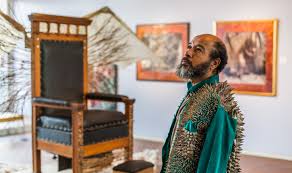
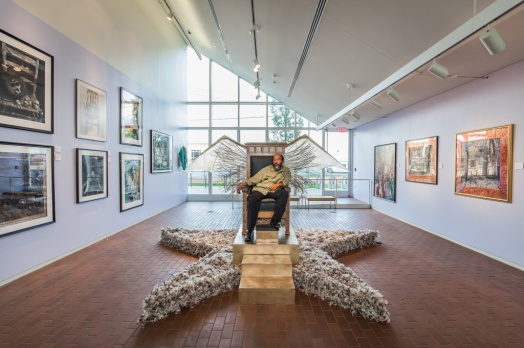

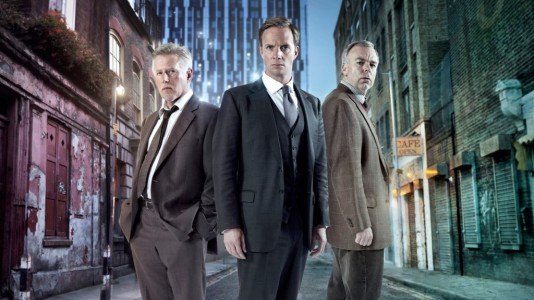
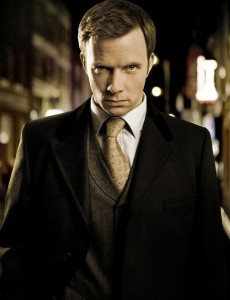
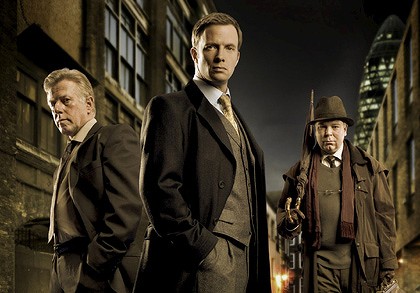
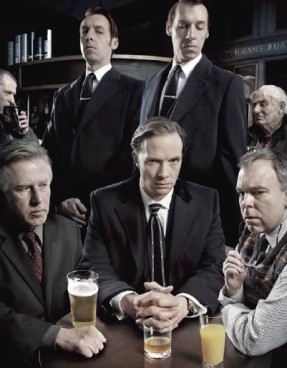
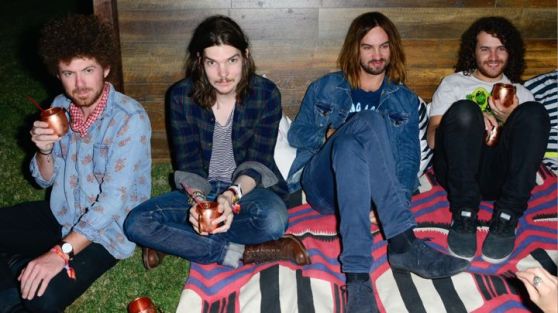


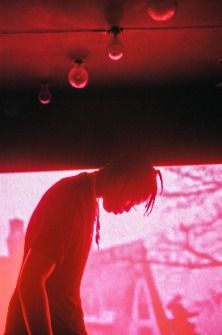
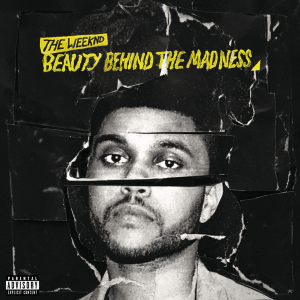



You must be logged in to post a comment.